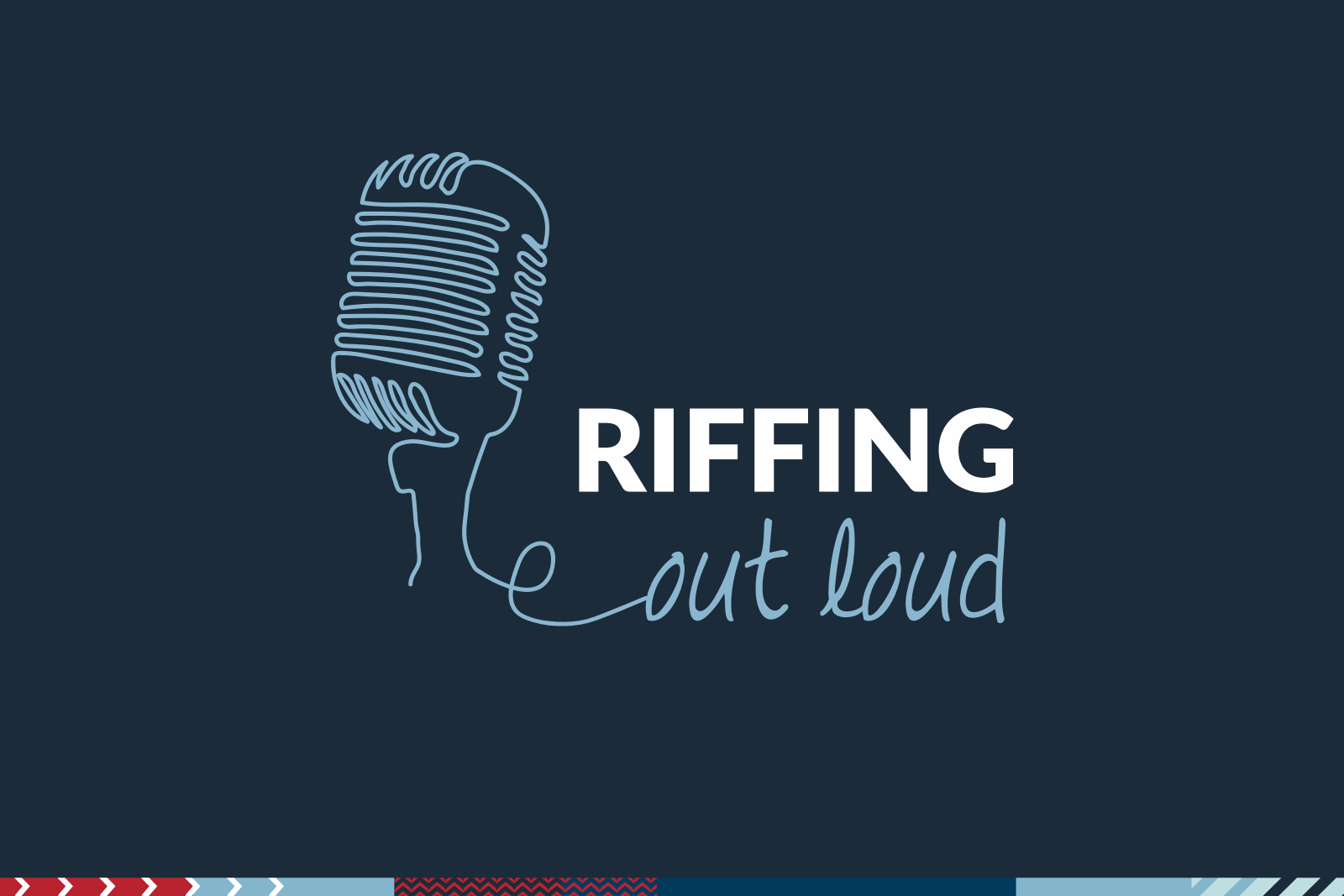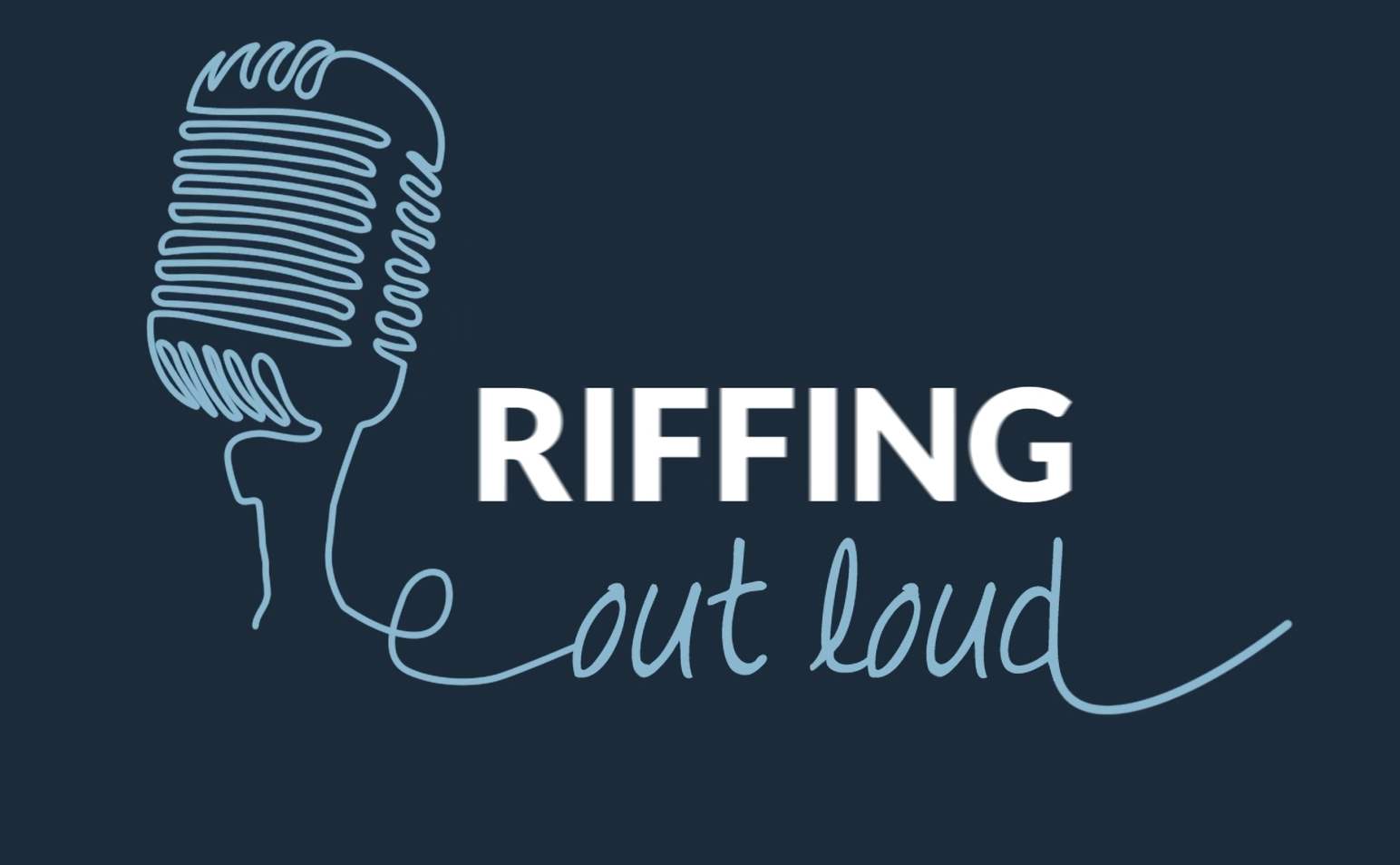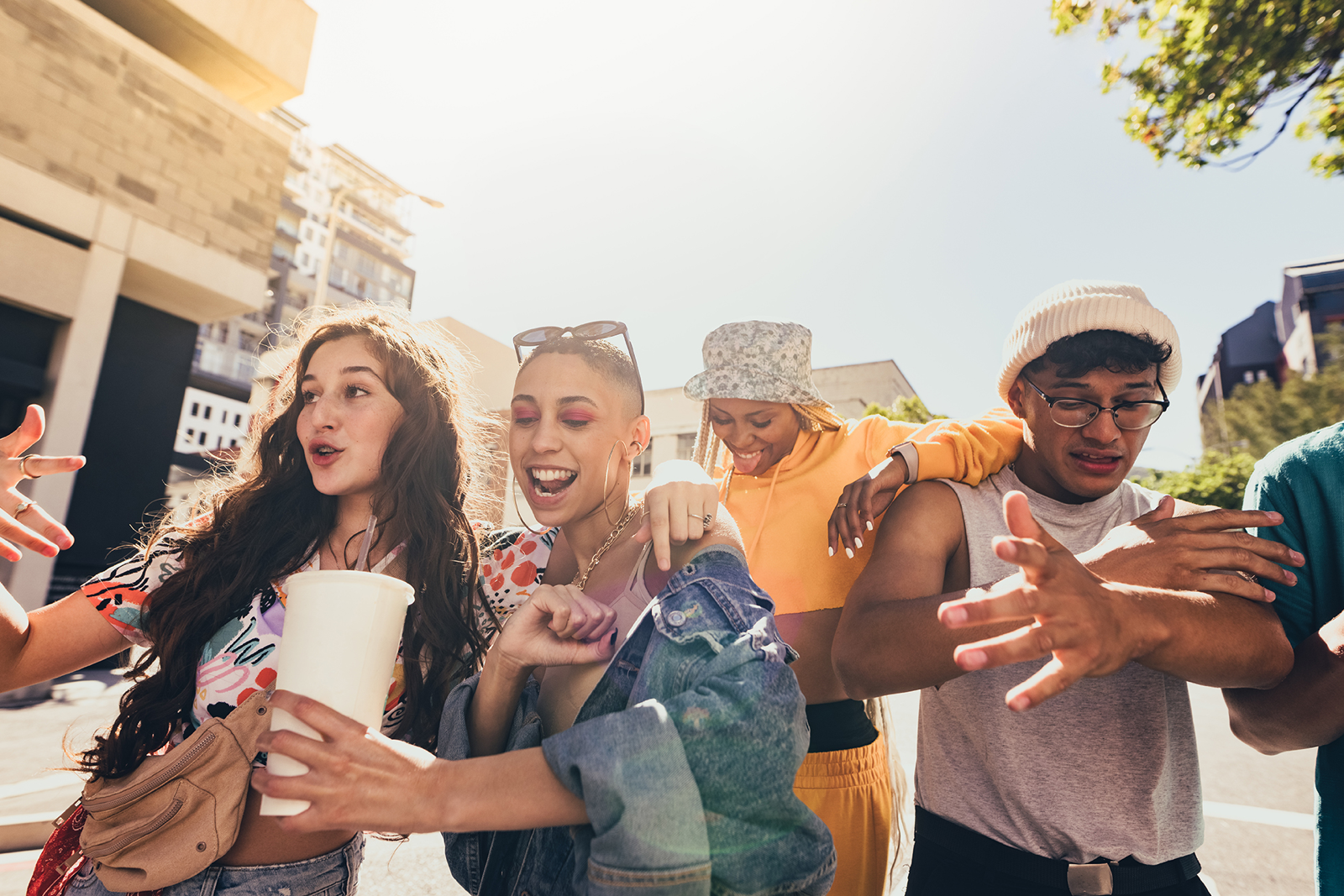Attention Economy

Listen to or read riffs on the latest topics and trends from our colleagues across the agency. We’d love to hear what you think too! Be sure to leave a comment and join the conversation.
Attention Economy
Lately I’ve been thinking about Gen Z’s relationship with the attention economy—i.e., the theory that views consumer attention as a scarce commodity that companies must compete to attract. Gen Z has an overload of choices, which means brands really have to work for the attention of this pivotal demographic—breaking through the noise on social media is critical.
Like other Gen Zers, I don’t have unlimited attention to give to every brand. But brands that do attract and maintain our attention can benefit from our unique ability to start viral trends. This year’s McDonald’s Grimace shake trend—where consumers collapse after drinking the purple concoction, usually with the implication that Grimace himself may be responsible—illustrates what can happen when a brand succeeds in leveraging our short attention spans and allows culturally tapped-in customers to co-create a promotion.
While McDonald’s couldn’t strategize to create the Grimace shake trend—trends must develop organically on social media—the brand did draw Gen Z’s initial attention to the shake with its traditional campaign by capitalizing on the success of previous campaigns among Gen Z, such as celebrity meals and leveraging nostalgia. Then when Gen Z turned the Grimace shake campaign into something unexpected, McDonald’s didn’t interfere. Some brands may have been tempted to do so, given the trend’s dark humor. Instead, McDonald’s let the Grimace shake trend build momentum to garner the kind of attention a brand can’t buy.
Key takeaways:
-
Gen Z’s attention is scarce—and its own form of currency.
-
Brands can lay the groundwork to grab Gen Z’s attention, but organic, viral attention on social media may be the most valuable.
-
Brands can harness organic, nonmonetized social engagement of viral trends into conversion and customer loyalty.
Katelyn Ambaruch recently completed a Strategic Services internship for The Lacek Group, a Minneapolis-based data-driven loyalty, experience, and customer engagement agency that has been delivering personalization at scale for its world-class clients for more 30 years. The Lacek Group is an Ogilvy company.
Previous Riffs:
Celebrating 30 Years of Innovation: Reflections from Our CEO

